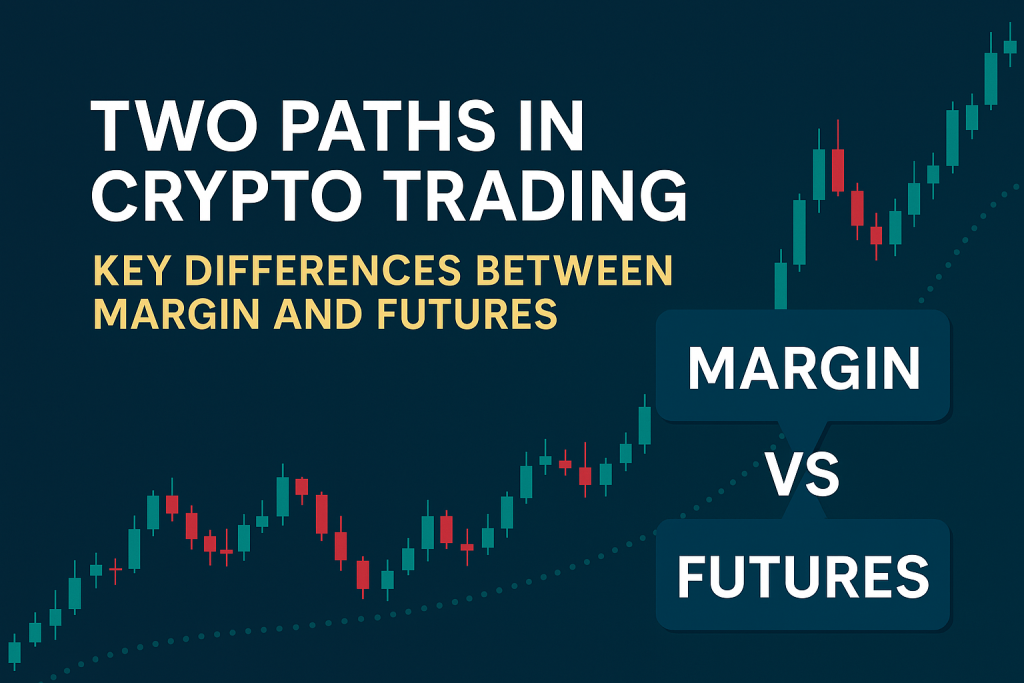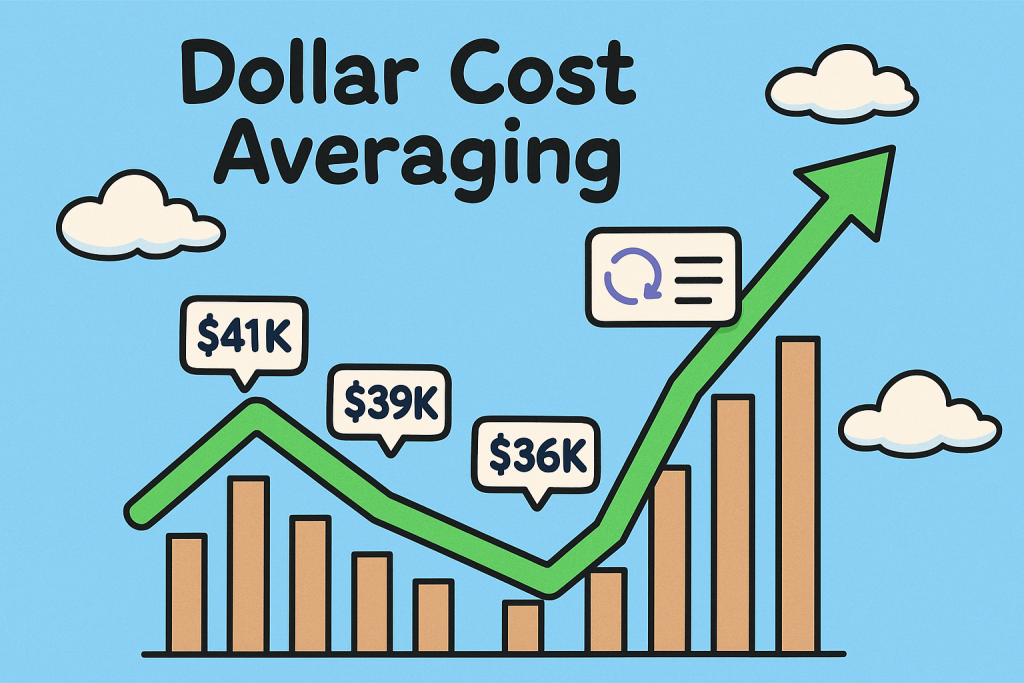When stepping into the world of crypto trading, one of the first decisions traders face is choosing between margin trading and futures trading. While both allow you to trade with leverage, they work quite differently under the hood. Here’s a breakdown of how they differ:
🔹 Margin Trading:
In margin trading, you’re buying and selling real cryptocurrencies on the spot market—but with borrowed funds. You take out a loan to increase your position size, usually at a leverage like 3x to 5x. Think of it as amplifying your buying power in the regular market.
-
You’re trading actual coins.
-
You pay an interest-like fee for borrowing.
-
No time limit on your position—you can hold it as long as you want.
🔹 Futures Trading:
Futures are a different game. Here, you don’t own the actual crypto. Instead, you’re trading contracts that speculate on price movements. It’s like placing a bet on whether the price will go up or down.
-
No real asset changes hands—just price speculation.
-
Leverage can go much higher (10x, 50x, even up to 400x on platforms like MEXC).
-
Positions can have an expiry, although most traders now use perpetual contracts (which don’t expire).
-
Funding fees are applied to maintain balance between long and short positions.
⚖️ Funding Fees vs. Interest Fees
In margin trading, you pay interest on borrowed funds. In futures, you might pay or receive a funding fee, depending on market conditions and your position (long or short). Both impact your wallet, but for different reasons.
📉 Profit and Loss Differences
The P&L potential between the two is also different:
-
Futures trading offers much higher leverage, which means even a 1% price move can lead to 20% gains or losses with 20x leverage.
-
Margin trading is generally more conservative, with smaller leverage, so while it’s less volatile, losses still happen.
-
Futures positions can liquidate quickly if the market turns against you. Margin positions might unwind slower, but that doesn’t mean they’re safer. Risk management is crucial either way.
Whether you’re trading with real assets or speculating on prices, both methods have their own risks and rewards. Know your limits, use proper risk management, and always understand what you’re trading before you jump in.


